Valve Index VR Headset: 1440×1600 per Eye and 120/144 Hz LCDs
by Anton Shilov on May 2, 2019 9:00 AM EST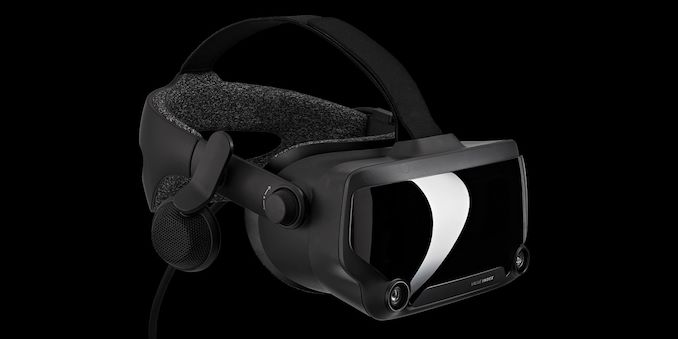
Valve this week started to take pre-orders on its next-generation Index VR headset that was developed entirely in-house. The product significantly improves all the capabilities of the HTC Vive (the first Steam VR headset) when it comes to screen quality, controllers, ergonomics, and tracking (according to the developer).
One of the key part of every VR headset is its display subsystem. The Valve Index is equipped with two LCD screens featuring a 1440×1600 resolution per eye (2880×1600 combined resolution), an up to 120 Hz refresh rate (as well as 144 Hz in overclocked mode), and an expanded field of view of around 130°. The screens are equipped with new optics featuring adjustable dual element canted lenses that ensure optical sharpness across the entire surface and enable users to look around using their eyes, not only the head. The optics also feature interpupillary distance and lens-eye distance adjustments to ensure the maximum viewing comfort.
When it comes to audio subsystem of the Valve Index, it has two nearfield off-ear speakers that feature accurate spatial positioning, yet do not touch ears. This is designed to ensure that users will not get as tired when using the headset and will still hear what is going around them. The headset also features a 3.5-mm headphone jack for those who prefer their own headphones.
Unlike other advanced contemporary VR headsets, the Valve Index continues to use external trackers. The SteamVR Tracking 2.0 system relies on two or four base stations featuring laser tracking that are said to be more reliable, more energy efficient, and cheaper to produce. Valve says that when using four trackers, gamers will be able to enjoy play areas of up to 10×10 meters. It remains to be seen whether such play areas are practical with a tethered headset, however. It is noteworthy that owners of the original HTC Vive will be able to use their base stations with the Index VR headset, but the reverse is not true: the new trackers can only be used with the new Index headset.
In addition to the new tracking system, Valve’s Index VR also comes with all-new controllers. The new controllers can track not only the position in space, but also all five fingers (a consumer industry first), allowing to grab and throw virtual objects. Obviously, to take advantage of the new feature, support from games is required. The Index Controllers also feature a small joystick, a tiny touchpad, two buttons, an analog trigger, a system button, a strap, and a Micro USB port for charging (Ian: a what??). Valve believes that its controller can live for about seven hours on one charge, but everything naturally depends on the actual use.
Last but not least, Valve says that its new head strap that features a rear strap knob, a top strap adjustment, as well as an overall better ergonomics than competing HMDs.
Valve’s Index VR headset uses a DisplayPort 1.2 and a USB port to connect to PC. When USB 3.0 connection is used, it will be possible to access camera’s pass-through mode for AR applications. Meanwhile, the HMD also has a VirtualLink interface support that can handle both display and USB data through a single USB Type-C cable.
Valve is taking pre-orders on its Index VR headset now with plans to ship the units in June. The whole package containing the HMD, controllers, and base stations costs $999. Alternatively, it is possible to get the HMD with controllers for $749, only the headset for $499, only the controllers for $279, and a pair of base stations for $299.


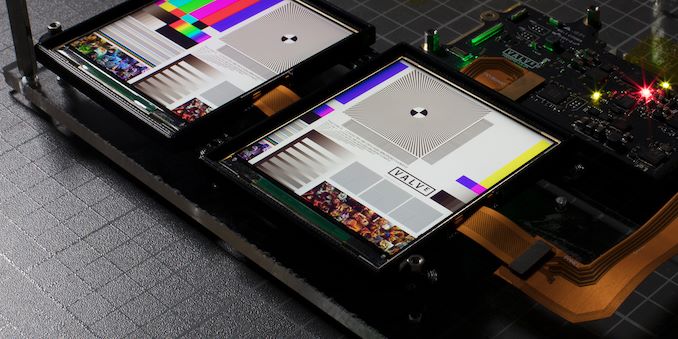
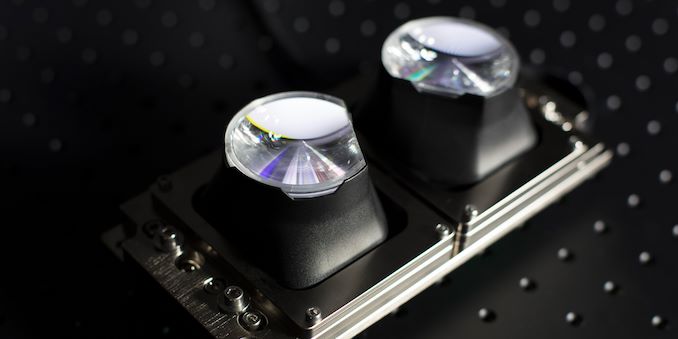
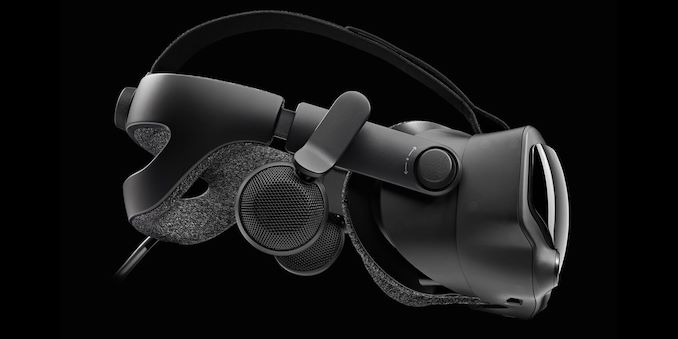
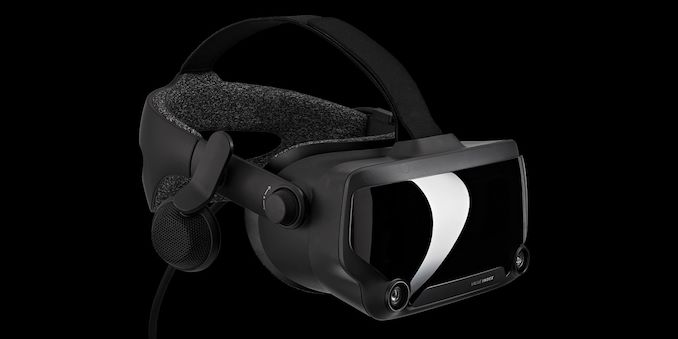
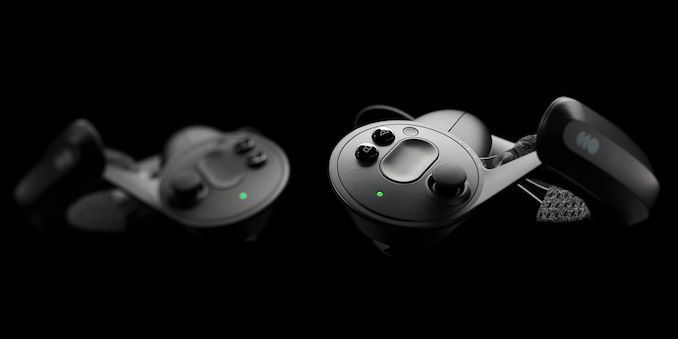
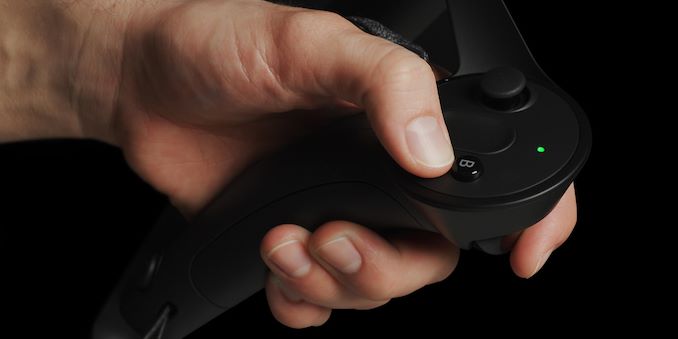
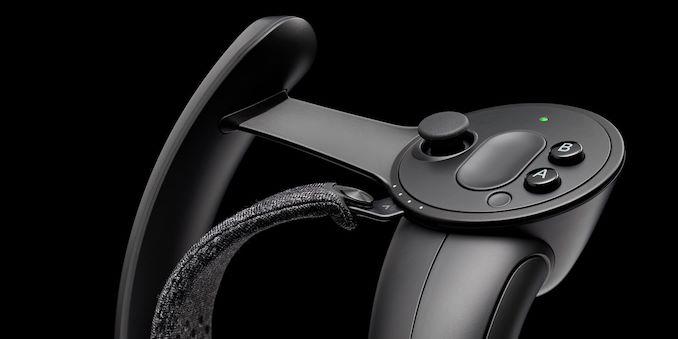








55 Comments
View All Comments
HollyDOL - Thursday, May 2, 2019 - link
The Valve Index is equipped with two LCD screens featuring a 1440×1600 resolution per eye (2880×3200 combined resolution)Shouldn't that be 2880x1600 combined? Or I am missing something here?
Squeeler - Thursday, May 2, 2019 - link
Exactly. Unless you have 4 eyes.jordanclock - Thursday, May 2, 2019 - link
According to all of the football players I met in high school, I indeed have four eyes.Tunnah - Thursday, May 2, 2019 - link
I think they mean in the sense of pixels needed to be pushed.Valantar - Thursday, May 2, 2019 - link
Nope. Unless they're using some sort of downscaling, number of pixels displayed = number of pixels that need rendering. The correct number is 2880*1600.SirMaster - Thursday, May 2, 2019 - link
You actually need more pixels rendered than displayed.The Vive and Rift already do this too.
Because of how the lenses work in the headsets you have to actually warp the rendered image a lot before displaying it on the panels. This warping causes a native pixel signal to become less than native around the edges once it's mapped to the actual displays after the lens warp.
So you need to super-sample the image before warping. HTC Vive and Rift are 1080x1200 per eye, so 2160x1200 total, but SteamVR renders the games by default at 3024x1680.
So for the new headset being native 2880x1600, if you need the same percent supersample for warping, you would need about 4032x2240.
This is not actually as bad as it sounds. Many people with the Vive are already supersampling their games in addition to the built in supersampling in order to geta little sharper image and less aliasing artifacts. I have GTX 1080 that is over 3 years old and I actually run my Vive at 200% resolution scale, so that means a 200% higher area, and that applies after the lens warp super sample.
So 3024x1680 is 5 million pixels. I'm actually rendering at 10 million pixels on my GTX 1080.
If they supersample the Index by 40% to the 4032x2240 I quoted, well that's 9 million pixels, so actually 10% less than I have already currently been rendering on my GTX 1080 for the past 3 years.
This means that you could basically comfortably run a Index on a RTX 2060 which is about 10% slower than my GTX 1080.
Plus all the recent improvements to SteamVR with motion smoothing and such so that when you don't make frame time the framerate lowers gracefully and you don't see any stutters or anything like that.
chaos215bar2 - Thursday, May 2, 2019 - link
Whoa, that’s a lot of technical detail for a semantic technicality!The headset has 2880x1600 pixels. That means, the image that needs to be rendered to be sent to the display is… 2880x1600 pixels. What an app does on the back end to achieve maximum fidelity post-warp simply doesn’t come into it; we’re talking about what actually needs to be sent to the display, which is the warped image.
SirMaster - Thursday, May 2, 2019 - link
In terms of resolution through the cable or through a wireless adapter then yes you are correct that you only ever need 2880x1600.I thought people were wondering about what resolution their GPU needs to render which probably will need to be more than 2880x1600 for an ideal result.
MotoAsh - Monday, May 6, 2019 - link
2880x1600 is what it needs to render. Though modern gfx cards (since the 1000 series on?) have been getting built in optimozations for VR. They shortcut some of the rendering pipeline, leveraging the fact that both eyes are looking the exact same direction and generally are seeing an identical environment. Only the final "to the view" transforms are done per eye.So the short of it is... it's actually less work than rendering a single huge screen in many cases.
Supersampling is just highly recommended since it provides excellent antialiasing results. Aliasing is VERY noticable with current VR headsets, so in most games, it is totally worth the extra rendering.
MotoAsh - Monday, May 6, 2019 - link
EDIT: Woops, I misspoke a bit. It's not less work than ONE giant image, but it is less work than two completely separate views.